You can see how the reference count is managed by inspecting the code in the System unit. Here are the pertinent parts from the XE3 source:
type
PDynArrayRec = ^TDynArrayRec;
TDynArrayRec = packed record
{$IFDEF CPUX64}
_Padding: LongInt; // Make 16 byte align for payload..
{$ENDIF}
RefCnt: LongInt;
Length: NativeInt;
end;
....
procedure _DynArrayAddRef(P: Pointer);
begin
if P <> nil then
AtomicIncrement(PDynArrayRec(PByte(P) - SizeOf(TDynArrayRec))^.RefCnt);
end;
function _DynArrayRelease(P: Pointer): LongInt;
begin
Result := AtomicDecrement(PDynArrayRec(PByte(P) - SizeOf(TDynArrayRec))^.RefCnt);
end;
A dynamic array variable holds a pointer. If the array is empty, then the pointer is nil. Otherwise the pointer contains the address of the first element of the array. Immediately before the first element of the array is stored the metadata for the array. The TDynArrayRec type describes that metadata.
So, if you wish to read the reference count you can use the exact same technique as does the RTL. For instance:
function DynArrayRefCount(P: Pointer): LongInt;
begin
if P <> nil then
Result := PDynArrayRec(PByte(P) - SizeOf(TDynArrayRec))^.RefCnt
else
Result := 0;
end;
If you want to modify the reference count then you can do so by exposing the functions in System:
procedure DynArrayAddRef(P: Pointer);
asm
JMP System.@DynArrayAddRef
end;
function DynArrayRelease(P: Pointer): LongInt;
asm
JMP System.@DynArrayRelease
end;
Note that the name DynArrayRelease as chosen by the RTL designers is a little mis-leading because it merely reduces the reference count. It does not release memory when the count reaches zero.
I'm not sure why you would want to do this mind you. Bear in mind that once you start modifying the reference count, you have to take full responsibility for getting it right. For instance, this program leaks:
{$APPTYPE CONSOLE}
var
a, b: array of Integer;
type
PDynArrayRec = ^TDynArrayRec;
TDynArrayRec = packed record
{$IFDEF CPUX64}
_Padding: LongInt; // Make 16 byte align for payload..
{$ENDIF}
RefCnt: LongInt;
Length: NativeInt;
end;
function DynArrayRefCount(P: Pointer): LongInt;
begin
if P <> nil then
Result := PDynArrayRec(PByte(P) - SizeOf(TDynArrayRec))^.RefCnt
else
Result := 0;
end;
procedure DynArrayAddRef(P: Pointer);
asm
JMP System.@DynArrayAddRef
end;
function DynArrayRelease(P: Pointer): LongInt;
asm
JMP System.@DynArrayRelease
end;
begin
ReportMemoryLeaksOnShutdown := True;
SetLength(a, 1);
Writeln(DynArrayRefCount(a));
b := a;
Writeln(DynArrayRefCount(a));
DynArrayAddRef(a);
Writeln(DynArrayRefCount(a));
a := nil;
Writeln(DynArrayRefCount(b));
b := nil;
Writeln(DynArrayRefCount(b));
end.
And if you make a call to DynArrayRelease that takes the reference count to zero then you would also need to dispose of the array, for reasons discussed above. I've never encountered a problem that would require manipulation of the reference count, and strongly suggest that you avoid doing so.
One final point. The RTL does not offer this functionality through its public interface. Which means that all of the above is private implementation detail. And so is subject to change in a future release. If you do attempt to read or modify the reference count then you must recognise that doing so relies on such implementation detail.
